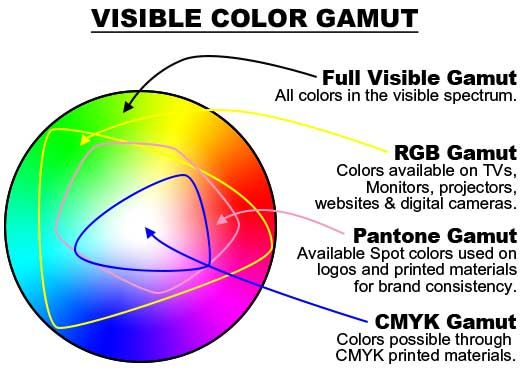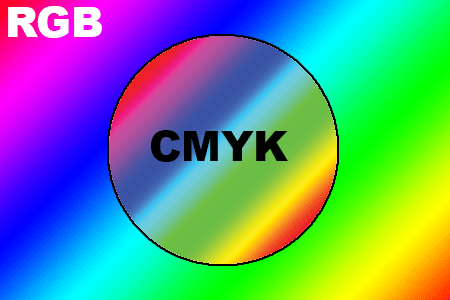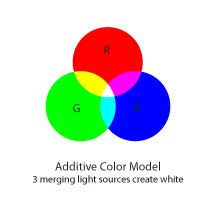FAQ & Tips
Color - Light It Up!

One thing that should be understood before becoming a color expert is that all visible color is dependent on light…The absence of light is equal to the absence of color (Think of an extremely dark night with no lights around – you can’t see much, if any, color!).
Our eyes see color based on pigments an element possesses which have the ability to absorb or reflect light. A sunflower possesses pigments that reflect yellow light to create a yellow color for our eyes to see… and absorb light that would create a different color such as pink or blue.
With the idea that all color is based on light…color modes differ on where the light they are dependent on comes from. This is one reason there is a large gap between the amounts of colors a specific mode is able to reproduce.
For example, the RGB color mode, used for graphic elements on a computer monitor or TV screen creates its own light, which is why you are able to see so many more colors on a computer screen versus a printed piece. The colors are more vibrant as well. Just think about when your computer goes to sleep. The computer is still on, everything on your screen remains in the same place, but the lights within the monitor have just been shut off to preserve power. Now you don’t have the ability to view any of these graphic elements… no light = no color!
Printed items use CMYK color mode which is dependent on the available light surrounding the finished piece. Sun (daylight), office lighting, stadium lighting, etc., when compared to the light within your computer monitor, are much less pure. Using the same process that allowed us to see the color of the yellow sunflower earlier – the CMYK color mode creates color in a similar – but much more limited way.
This mode uses percentages of pigmented inks possessing the same ability to reflect light just like the sunflower example above. The gamut available to reproduce color in this mode is extremely limited when compared to the full visible spectrum we are able to see. Other factors that limit the vibrancy of this mode are available lighting and substrate (paper color). Viewing a printed piece outside on a sunny day versus a cloudy day will look much different than viewing the same piece indoors or in a gymnasium. Since a printed piece is unable to create its own light, it is truly dependent on the light around it. As well, utilizing a dingy paper can affect the overall vibrancy of your colors.
So in the end, when a printer instructs you that you shouldn’t compare the color of your proof to that color on your computer screen... hopefully your “light” bulb will turn on, and you’ll have a better understanding of why.
- RGB is utilized for graphic elements being displayed on a screen. These devices create their own light for a much larger and more vibrant color gamut.
- CMYK is utilized for graphic elements in the print industry. These elements utilize pigmented inks that are dependent on reflecting the available light surrounding them, which limits the gamut and vibrancy of colors.









